[[bpstrwcotob]]

Constructing a Lab for Extreme Conditions
The Korey Stringer Institute’s expansion shows how to successfully design a unique, specialized lab when there’s no blueprint to follow—using teamwork, flexible planning, and user input to overcome challenges and build a state-of-the-art facility
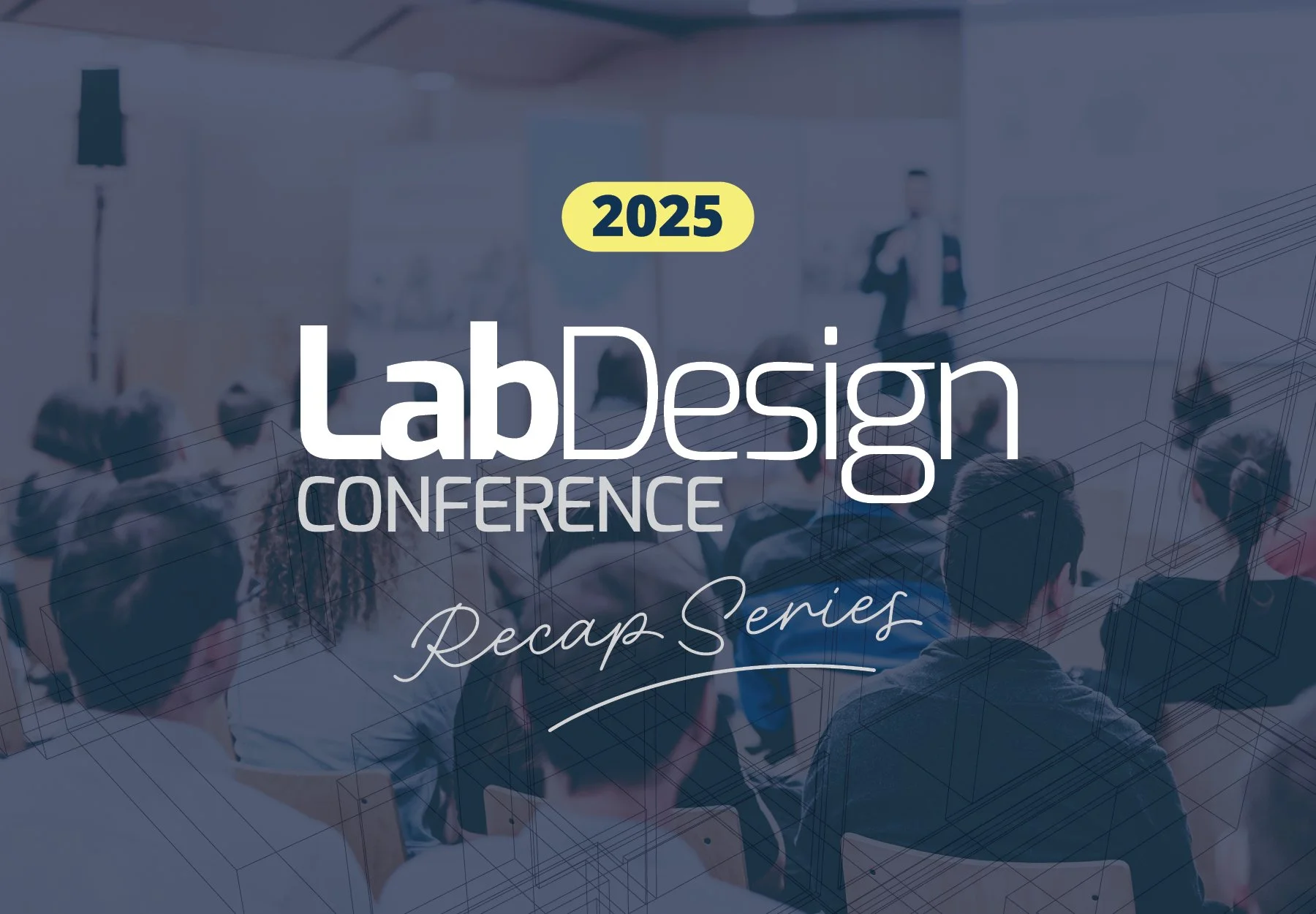
Busting the Myth of Adaptive Reuse: Lessons in Retrofitting Labs for Structural Performance and Sustainability
As demand for life science and advanced technology spaces grows, adaptive reuse offers sustainability and speed—but as speakers at the 2025 Lab Design Conference emphasized, converting offices, warehouses, or retail buildings into high-performance labs presents complex structural challenges that require careful evaluation of each building’s limitations and suitability
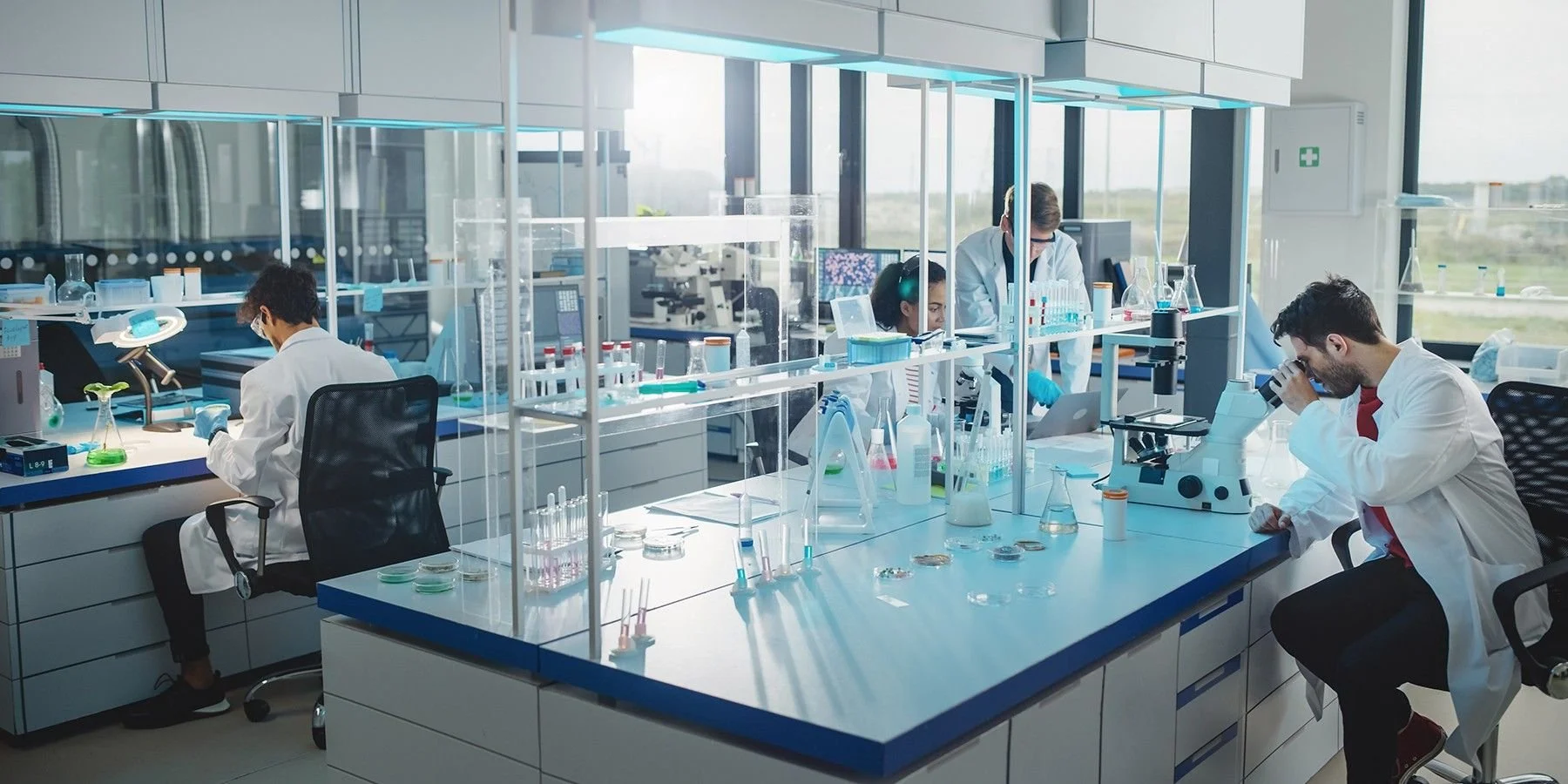
Designing Flexible Academic Labs for a Changing Research Landscape
Academic laboratory renovations are increasingly replacing new construction, with success hinging on early stakeholder engagement, infrastructure upgrades, and flexible, light-filled designs that balance safety, adaptability, and recruitment goals
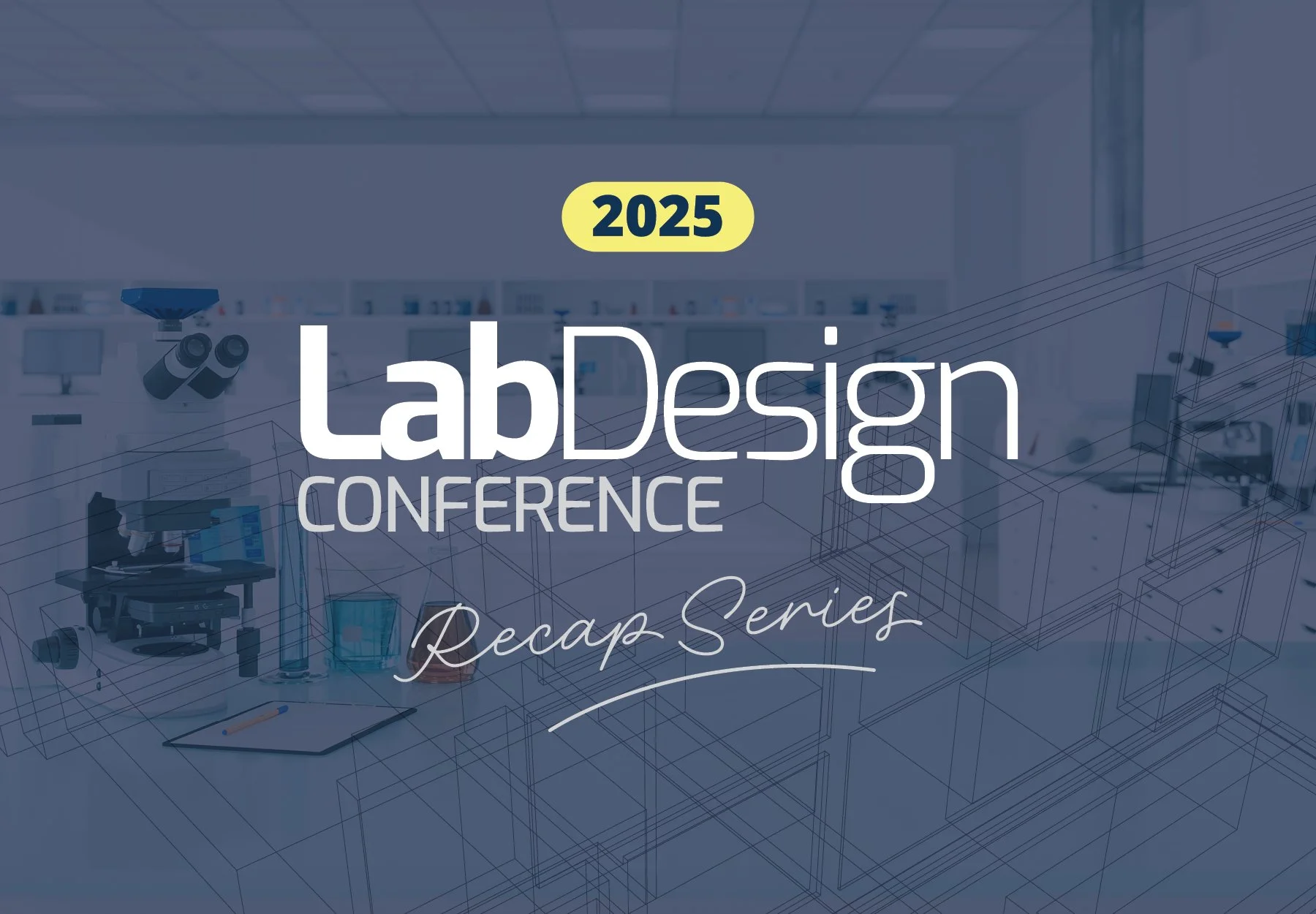
Science for Everyone: Moving Beyond ADA in Lab Design
Achieving true inclusivity in lab environments means going beyond ADA compliance to consider the full spectrum of human abilities—both visible and invisible—by integrating accessibility into the design process from the outset, with empathy guiding decisions rather than just code requirements
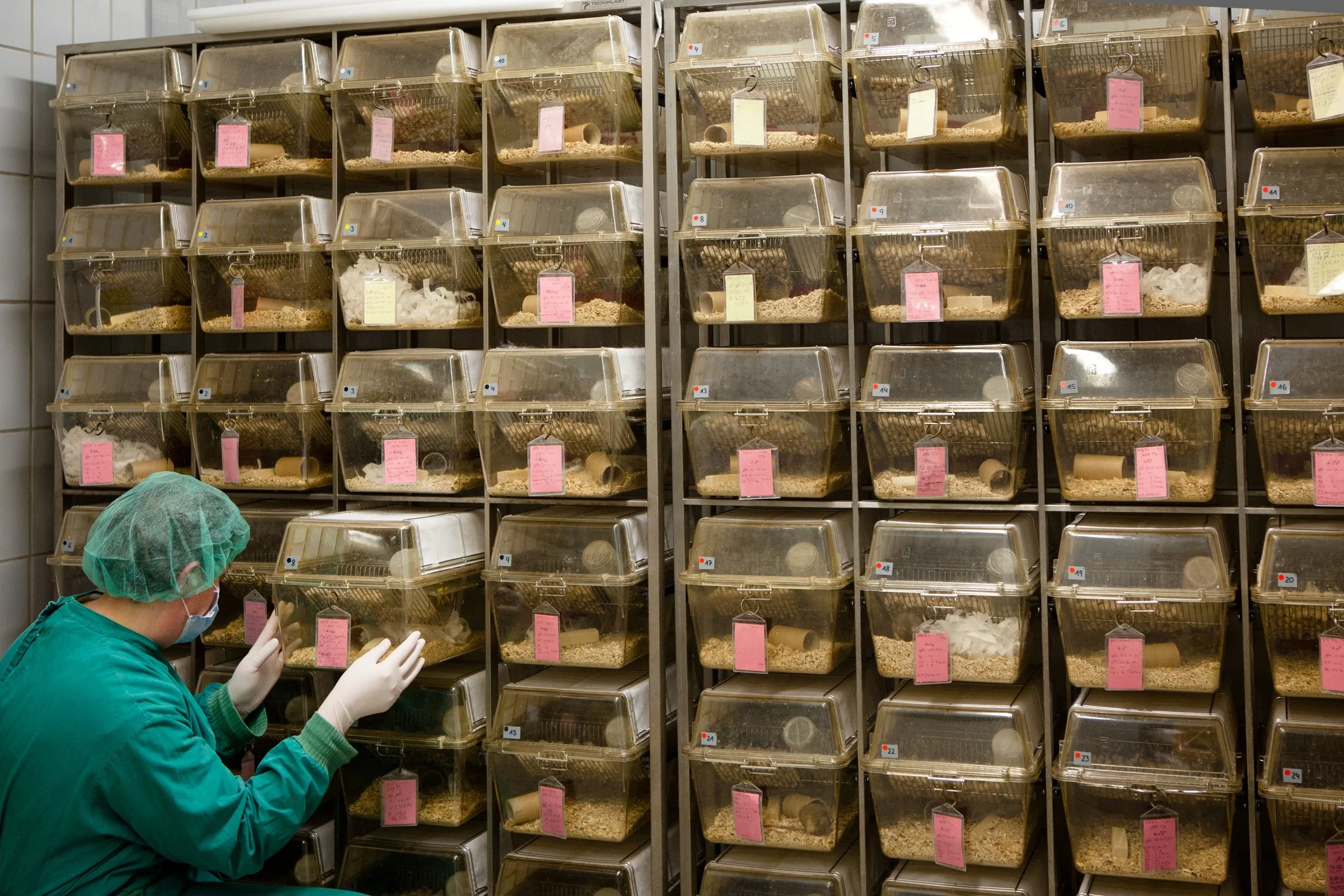
A Guide to Responsible and Reproducible Vivarium Illumination
The shift from human-centric lighting metrics to animal-centric measures like alpha-opic irradiance and melanopic EDI offers a path for vivarium designs that better support animal welfare, reduce experimental variability, and enhance research reproducibility
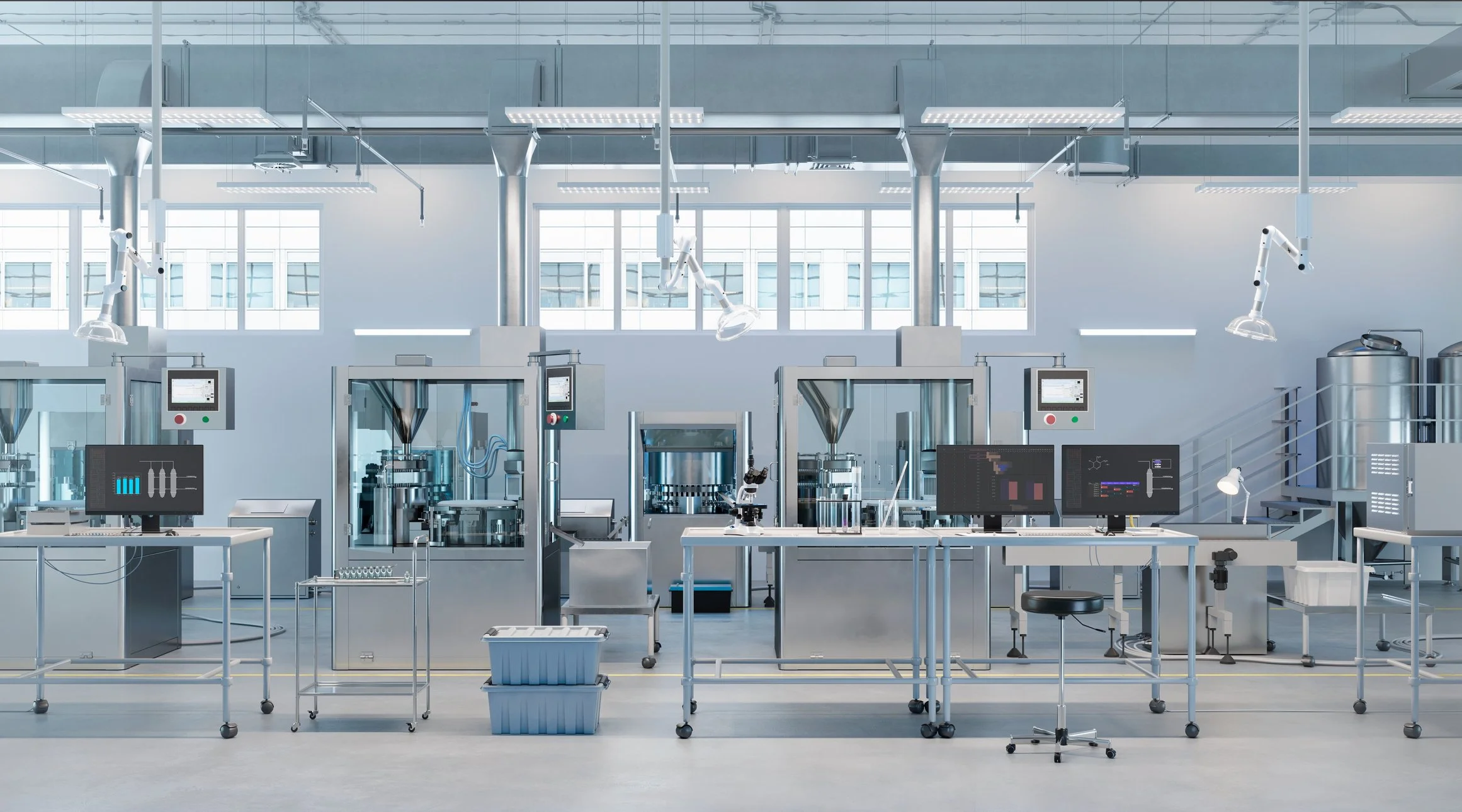
Innovation and Creativity in Modern Lab Design—A Perspective from Experience
Designing labs that fuel innovation takes more than vision—it requires purpose-driven design, creative freedom, and operational foresight, and this insider perspective reveals how today’s most forward-thinking teams are transforming labs into strategic assets that inspire discovery and adapt to what’s next

Designing Vertically: The Future of Urban Labs
Vertical lab design is redefining urban research facilities by maximizing limited real estate, emphasizing the importance of early interdisciplinary collaboration to overcome structural, MEP, and regulatory challenges and create adaptable, high-performance spaces for the future of science

How to Build Flexible and Collaborative Laboratories
Project teams and lab management can benefit from designing shared labs that prioritize real-world workflows, flexible infrastructure, clear communication, and thoughtful operational planning—ensuring spaces that adapt to diverse users, streamline collaboration, and support evolving research needs for greater efficiency and long-term success

“Wait, This Isn’t What We Asked For”: A Lab End User’s Checklist for Successful Projects
Lab end users often have little say in design projects despite being most affected, but Dwayne Henry’s experience at Montgomery College—which he shared at the 2025 Lab Design Conference in Denver—shows that early involvement, clear communication, and ongoing engagement improve outcomes and help avoid costly mistakes

Translating User Feedback into Smarter, More Flexible Labs
Engaging lab end users early in the design process can help readers avoid costly mistakes, improve functionality, plan for future technologies, and create lab spaces that truly support scientific work and well-being
